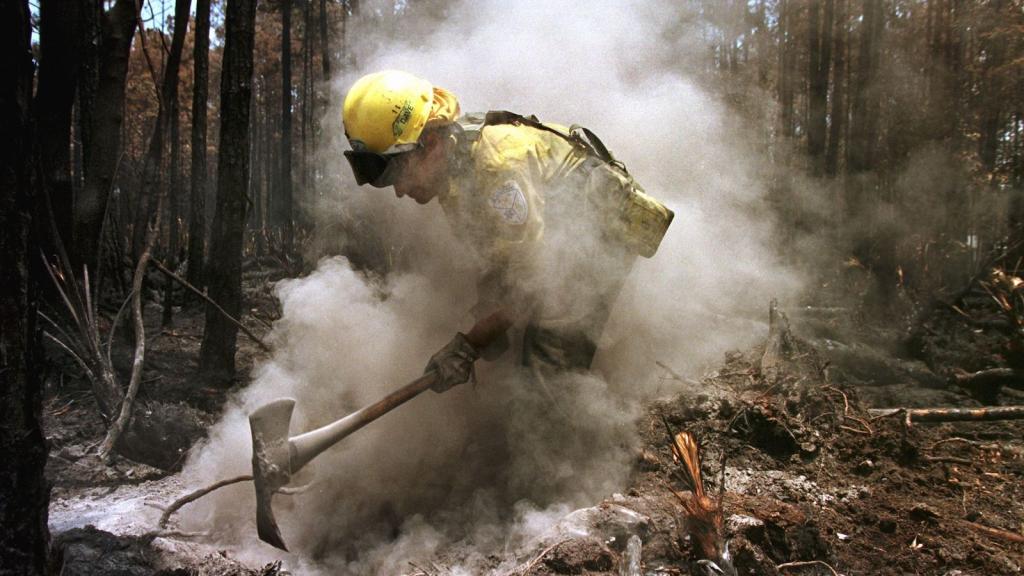Nearly a million acres have been destroyed in wildfires across the western Canadian province of Alberta, with more than 30,000 people forced to evacuate and oil production forced to halt after a state of emergency was declared this weekend.
The province, which is the country’s largest producer of crude oil and natural gas, has discontinued the production of the equivalent of 145,000 barrels of oil amidst the fires.
While recent rain showers have slowed the progression of several fires, the storms could also bring lightning to the area, which could spark more flames, according to Marc-André Parisien, a research scientist at the Canadian Forest Service. Additionally, the end of this week is set to bring more hot, dry conditions to the area that could stoke and spread any remaining fires.
The wildfires started after an unusually dry spring in the area and a heatwave, which made an incendiary combination.
Spring always brings the start to wildfire season in Alberta, “but this year, it was more intense, because of the early warmth and how dry the spring has been,” said Terri Lang, a meteorologist for Environment and Climate Change Canada, a government agency.
Scientists point to a weather pattern known as “atmospheric blocking” as a major contributing factor to the fires, which at their height over the weekend numbered 108. Atmospheric blocking happens when a mass of air in mountainous regions blocks weather patterns from passing through, trapping warmer air and exacerbating wildfire conditions.
The same weather pattern also contributed to hotter, drier conditions that led to the record-breaking heat preceding the 2019 Australian bushfires and the 2016 wildfires in Alberta that caused 80,000 people to evacuate.
“Atmospheric blocking is definitely what sets the table for some large wildfires, because it really dries up the fuels,” said Parisien.
Climate change, along with poor land–management practices, have helped fuel record-breaking wildfire seasons in recent years, including in areas that don’t typically see them. It is under these drier, hotter conditions caused by climate change that turbulent wildfires are emerging. Though climate change defines the circumstances wherein atmospheric blocking occurs, it is difficult for researchers to connect atmospheric blocking itself to climate change due its varied nature.
In recent years, a longer fire season has meant more opportunities for fuels in the forests and prairies to ignite. The frequency of high fire danger days has been steadily increasing over the past half century, according to Parisien.
The coming years are expected to bring more wildfires as climate change intensifies global warming and people continue to move into fire-prone areas. Wildfires are estimated to increase by 50 percent by 2100 according to a UN report released last year.



